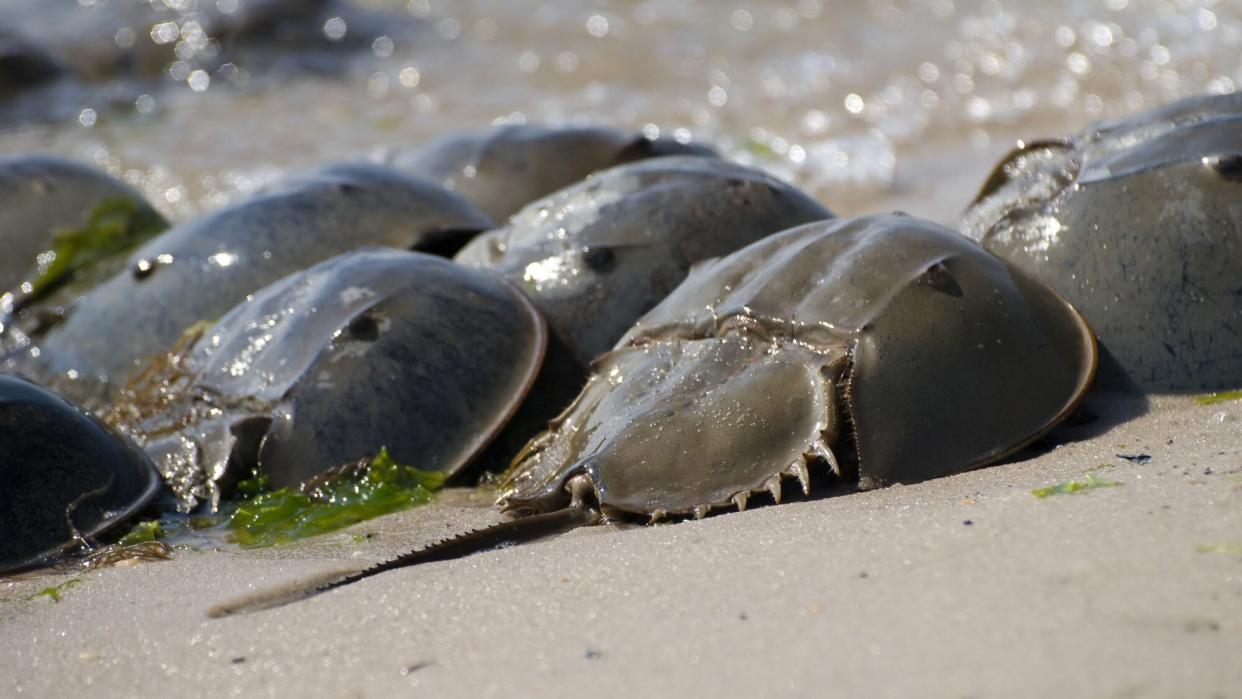Why Horseshoe Crabs Are E. Coli's Worst Nightmare

© roc8jas / Getty Images
You know horseshoe crabs, they're the prehistoric arthropods that have been around since before the dinosaurs and yet still walk among us. That is, if you're walking on the seafloor. They've also served as inspiration for Hollywood creature designers, most famously for the face-hugger critters in the Alien movies. They're not really meaty, but you can eat their roe, which apparently tastes like briny rubber. Okay, so we don't have much use for these buggers. Or do we?
As it turns out, horseshoe crabs have probably saved your life. To be more accurate, horseshoe crab blood has likely prevented you from being on the receiving end of harmful bacteria like E. coli due to a unique property integral in keeping these creatures around for about 450 million years.
Horseshoe crabs have blue blood, not because they were born into wealthy families, but because it is copper-based (as opposed to iron-based like most mammals and fish) meaning when it oxidizes, horseshoe crab blood, like the Statue of Liberty, turns blue. What they don't have is an immune system. Instead, contained in that blue blood is coagulogen which, once it comes into contact with harmful bacteria, literally surrounds it in a gelled cocoon to stop the harmful invader from being able to spread. It happens almost instantaneously, and there's nothing else like it in the animal kingdom.
For those reasons, horseshoe crab blood is incredibly valuable to medical research and testing (some value the coagulogen itself at $15,000 per liter). The coagulating chemical can be turned into a serum that quickly and efficiently indicates the presence of E. coli and other bacteria. In fact, it's the only substance approved by the FDA to do so. Everything from insulin and vaccines to knee replacements can be quickly and easily tested for contamination. The downside is that in order to acquire this invaluable chemical, horseshoe crabs must be routinely harvested and bled.
No, they're not killed but, according to Popular Mechanics, because of that fact and the medical industry's influence, the practice is also not well regulated or overseen to ensure the safety of the crabs. We actually don't now for sure whether draining up to one third of their blood, then tossing them back into the water (potentially in a different spot from where they were harvested) leads to a long, fulfilling horseshoe crab life or if that whole ordeal is detrimental to the population. Luckily a team of biologists is on the case, but with so much (including our lives) at stake, it's information that may not make the difference in changing a thriving horseshoe crab-fueled industry.

